02 Aug

What is Salesforce?
Salesforce is the world’s most memorable cloud-based CRM framework. It was established by Marc Benioff and Parker Harris in March 1999. The motivation behind fostering this CRM stage is to help clients moderately and effectively – sell, administer, market, investigate and interface with their clients.
There are numerous standard features that enable you to keep track of your relationship with clients and prospects with the help of Salesforce.com (Sales Force Dot Com). It likewise permits you to draw in and team up with workers and colleagues to store their information safely in the cloud.
What is Salesforce Testing?
The lovely thing about Salesforce is that so many out-of-the-box capabilities can be adapted to address the issues of a business.
Salesforce testing confirms the arrangement and changes done in vanilla SDFC.
The issue is to confirm that an analyzer is checking tweaked code as opposed to assessing work in salesforce functionalities.
Salesforce CRM depends on the APEX stage advancement language. It likewise has plenty of inherent unit experiments to assist engineers with really taking a look at their projects.
Why Salesforce Testing?
- Permits you to make sure that arrangement and code are practical.
- Assists you with confirming that the completed framework can uphold the client’s business processes.
- Assists you with affirming that the framework’s underlying form meets the concurred necessity.
- Assists you with getting issues right on time, while they’re not difficult to fix.
- Practical streams report in view of the situation with experiments. This permits the group to make useful streams to know the usefulness of the application.
- Process manufacturers assist you with actually taking a look at the functioning condition and conduct of the framework.
- Work processes permit you to check the usefulness of time-sensitive occasions.
Types of Salesforce Testing
Types of salesforce testing are as below:
Manual Testing:
The manual programming testing method contains standard strategies to test the Salesforce.com App. Manual testing can be performed by the QA group to do functional testing, happy path testing, integration testing, regression testing, and system testing.
Automated Testing:
Robotized testing includes a PC program to test a Salesforce.com or Force.com application. Computerized testing apparatuses like Selenium, Assure Click, QTP, and so forth, are utilized.
Levels of Testing in Salesforce
levels of testing are as follows:
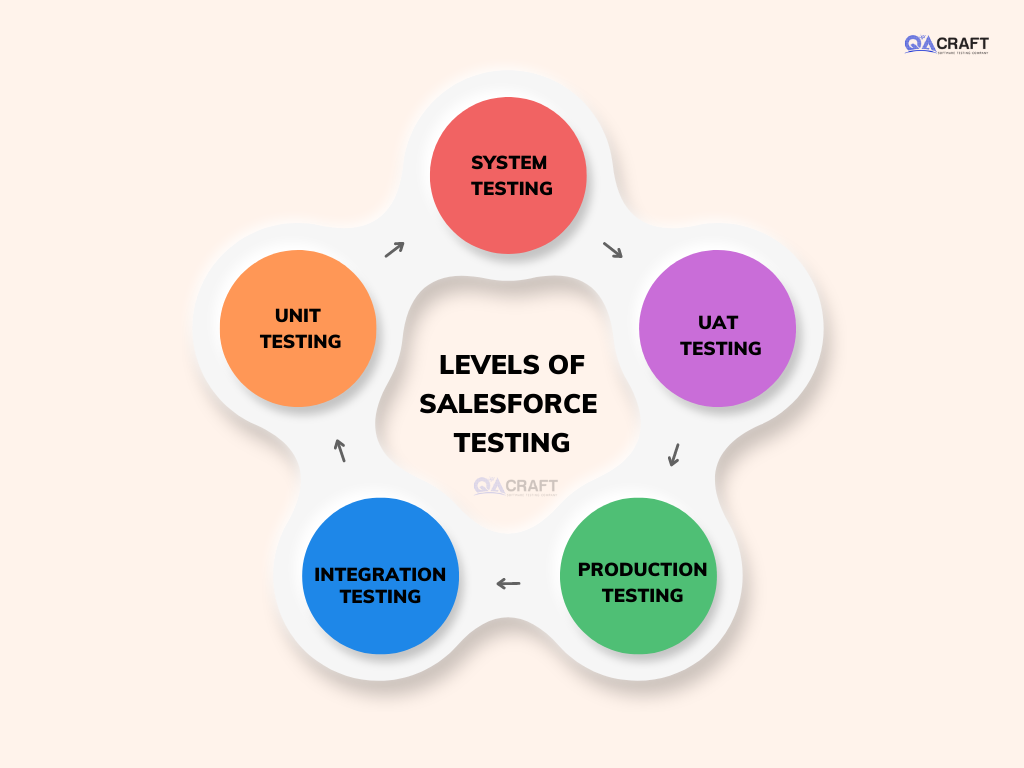
1) Unit Testing
- The unit testing process is directed by Apex designers. It includes writing clauses in their code that naturally test its coverage.
- It assists you with evaluating the number of records of information that are impacted, so the code would effectively run in that climate.
- To send Apex code into a Production climate, your code inclusion proportion ought to be at least 78%
2) System Testing
- It is done by a profoundly gifted group of Salesforce-trained professionals.
- Includes test system technical process from start to finish.
- Contains test scripts based on specific outputs.
- You can troubleshoot problems with automated rules in your system, such as workflows, validations, and assignments.
3) UAT Testing
- It is done by the consumers of the program.
- Permits to test the framework’s capacity to help the business processes.
- UAT testing is done by a test script in view of what happens in the organization.
- The normal result is for the client to approve that the framework really depends on the norm.
4) Production Testing
- It’s a review of framework testing in the Production climate.
- Product testing in Salesforce permits you to test whether config and code have been accurately sent from the sandbox to the production climate or not.
- Assuming there’s sufficient time until the final project release, the client should go through the UAT processes with another after-arrangement.
5) Regression Testing
- A Regression Test entails testing whether code and configuration updates impact existing client cycles of the framework.
- It will be led once an improvement or a fix is sent to creation.
- The client gives an overview of how he/she expects the current method to adapt.
Salesforce Testing Process
The Salesforce testing process is similar to that of other web applications. During the testing process, the analyzer should have an in-depth understanding of all the adjustable elements.
It allows them to concentrate on the modified code rather than the Salesforce functionality that comes with the base version.
Developers and testers should use the Sandbox environment (Test Environment) to accomplish their goals. A code that works in the Sandbox climate is sent to production. A Salesforce QA analyzer should have a fundamental understanding of Salesforce’s syntax.
Salesforce Testing challenges
Testing Salesforce can be a challenging process. In the process of running the analyzer, several difficulties were encountered. Among them are −
- Some of the most important features like LWC, Salesforce, and Service Cloud Console are hard to test.
- Tests performed on conventional UIs should be replicated on Lightning UIs as well.
- It is not possible to eliminate a part of the standard functionality, despite it not being used.
- When the test environment is changed, GUI tests fail.
- It is critical that automated tests be able to run in all your testing environments.
- Creating field locators for Salesforce screens is challenging because organization IDs differ.
Sample Salesforce Test Scenarios
- You can catch the contact data of the lead/client.
- The status of contacts can be changed from active to inactive.
- It is possible to distinguish any organization as a prospect or customer.
- By utilizing web form, lead generation can be enhanced.
- The cost in the Quotation can’t be zero.
How to perform Salesforce Unit Testing in APEX?
Classes and methods that only contain application-testing-specific code can be defined with the @isTest operator. A sample format would be
For Standard Controllers:
A record is stored in a variable that a standard controller makes available to a page.
@isTest
public class ExtensionTestClass
{
static testMethod void testMethod1()
{
Account testAccount = new Account();
testAccount.Name='Test Account record' ;
insert testAccount;
Test.StartTest();
ApexPages.StandardController sc = new ApexPages.StandardController(testAccount);
myControllerExtension testAccPlan = new myControllerExtension(sc);
PageReference pageRef = Page.AccountPlan; // Add your VF page Name here
pageRef.getParameters().put('id', String.valueOf(testAccount.Id));
Test.setCurrentPage(pageRef);
//testAccPlan.save(); call all your function here
Test.StopTest();
}
}
The following are some Salesforce unit testing best practices:
- @isTest should be used to annotate the test class.
- Classes marked with the @isTest annotation cannot be enums or interfaces.
- There should be no void return type in the test method.
- The Salesforce API 28.0 test method prohibits the use of non-test classes.
- Code coverage of at least 75% is required for deployment to production.
Manual and Automation Tests for Salesforce
When the developers in Salesforce are pleased with the test coverage provided by Unit Tests, it is time to carry out a variety of manual or automated tests. However, we must ensure that a Sandbox is set up so that we can carry out these tests independently before testing the SF applications.
The following types of Salesforce Sandboxes can be used for testing:
- Developer Sandbox: This contains a copy of the configuration of the production environment and is intended for development and testing in an isolated environment.
- Developer Pro Sandbox: This is capable of hosting larger data sets than the standard Developer Sandbox and can be used for more development and quality assurance tasks, as well as for user training and integration testing.
- Full Sandbox: This is meant to be a special testing environment that allows for load testing, performance testing, and staging. They are meant to be a copy of the production org, complete with all data like attachments and object records, and metadata.
Depending on your requirements, you can purchase a variety of licenses for these Sandbox types.
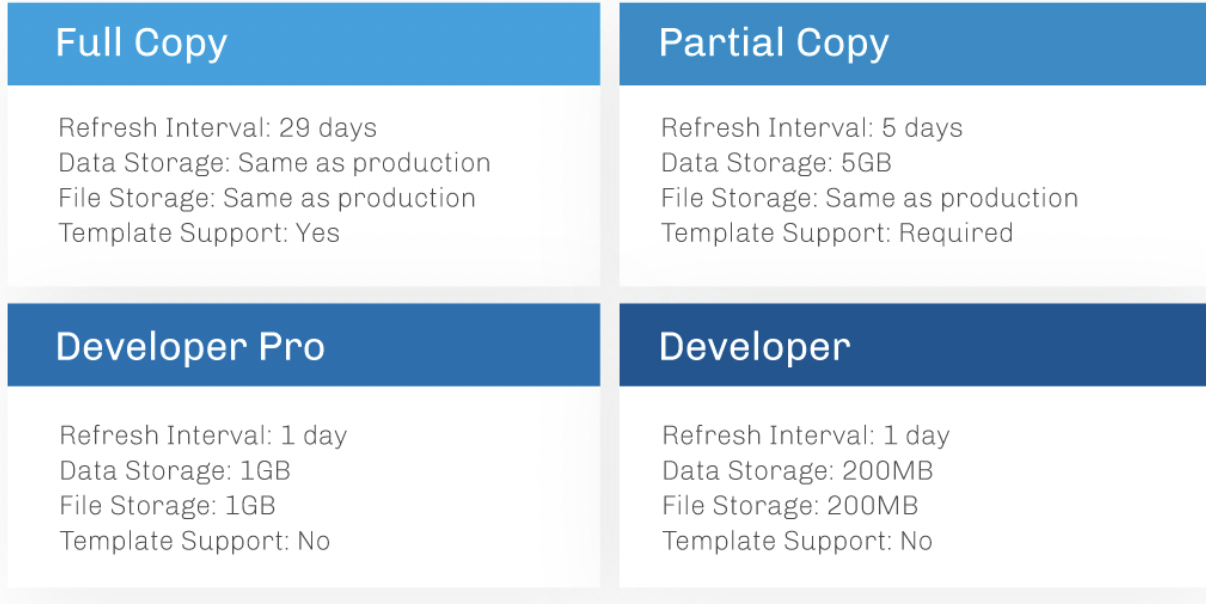
Manual Tests in Salesforce
As the name suggests, manual testing is a test procedure in which a quality assurance specialist manually tests the software application for bugs.QAs use a written test plan that outlines a set of unique test scenarios to accomplish this.
From the perspective of the end user, the QA team must evaluate the performance of the web or mobile application.
Test Scenario: to verify a successful Salesforce.com user login.
Test Steps:
- Logging into Salesforce is the first step for the user.
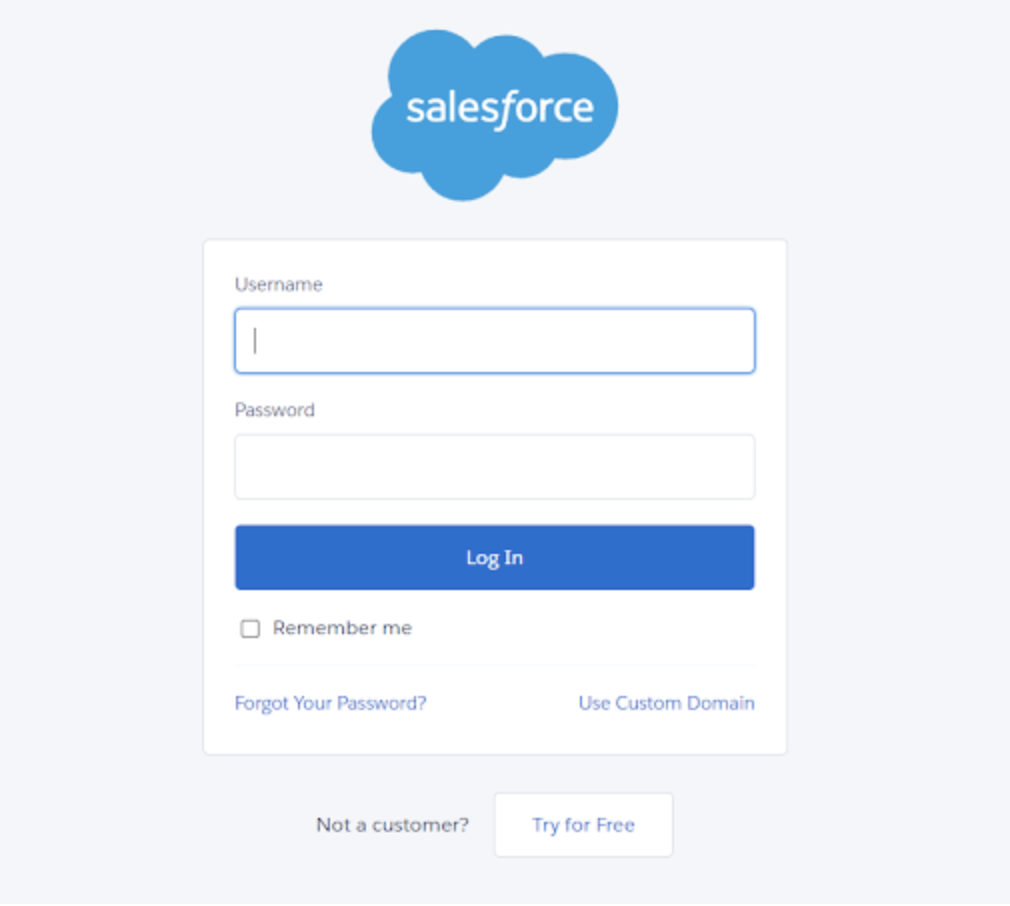
- The user enters their registered email address in the “email” field.
- The registered password is entered by the user.
- The user chooses to “Log in.”
- The user is taken to the main page.
Automated Tests in Salesforce
Salesforce offers a variety of tools for automation tests. For the purposes of this article, however, we will consider test automation with Selenium With Java.
Multiple operating systems, including Windows, Linux, Solaris, and Macintosh, are supported by Selenium. It also works with Chrome, Safari, IE, Edge, and Firefox, among others. Functional tests can be automated with this tool.
Additionally, implementing a continuous testing strategy is made simple by the integration of Selenium with tools like Jenkins, Maven, and Docker. The structure of the Selenium tests for ease of maintenance and the creation of reports are further assisted by tools like TestNG and JUnit.
We will add a few features to the manual testing example that was shown earlier for the purpose of this test. This test will demonstrate how to create a custom field for a custom object by combining Selenium and Java.
Step 1: Sign in to Salesforce.com.
Set the system properties to the path of the browser’s required driver to launch the website in your preferred browser. The ChromeDriver ought to be used because this example makes use of Google Chrome. The following is the code for the same:

Maximize the browser to see the test cases being run with the following command clearly.

Step 2: Enter salesforce.com.

It will look like the image below.
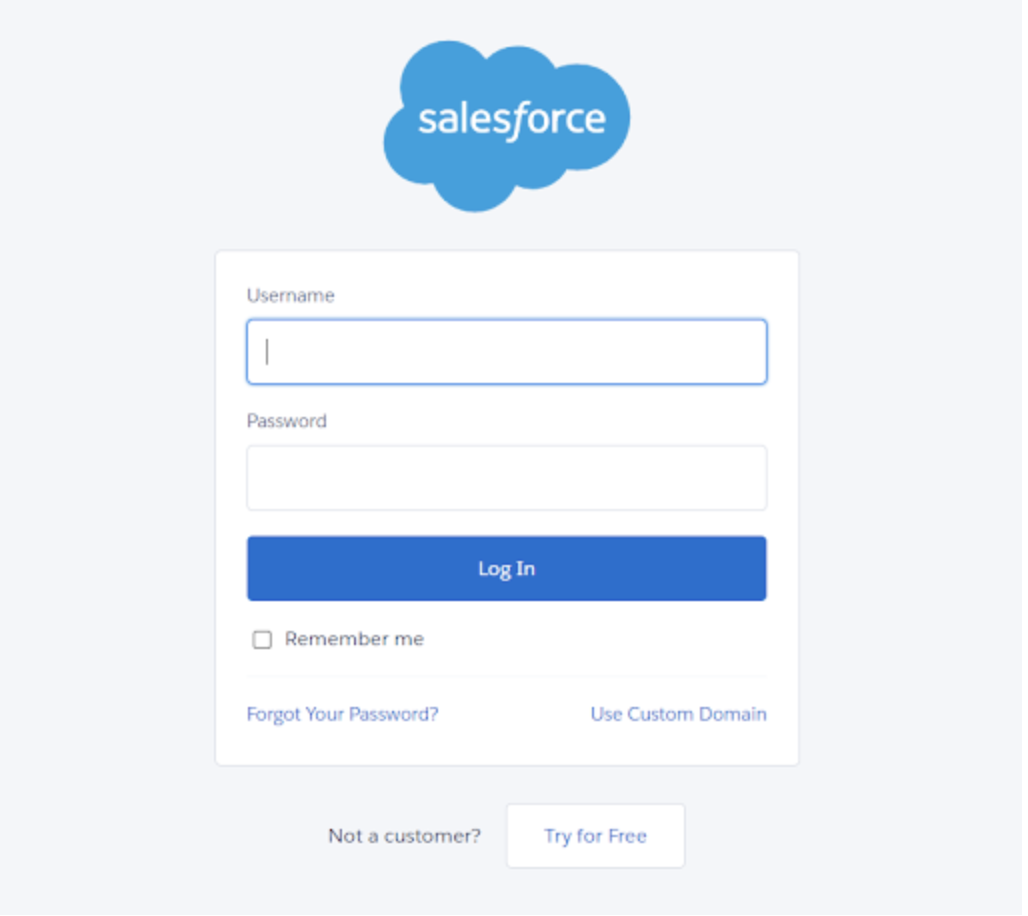
Step 3: Use the following command to enter your username and password.

Step 4: Click the Login Button using the following command.

Add a delay to allow the page to fully load because you might encounter issues while it is loading.

As shown below, this will bring you to the Home Page.

Step 5: On the home screen, look for the Quick Find Search Field in the UI and type an object into it.

Step 6: After entering an object into the Quick Find Box, a click appears.

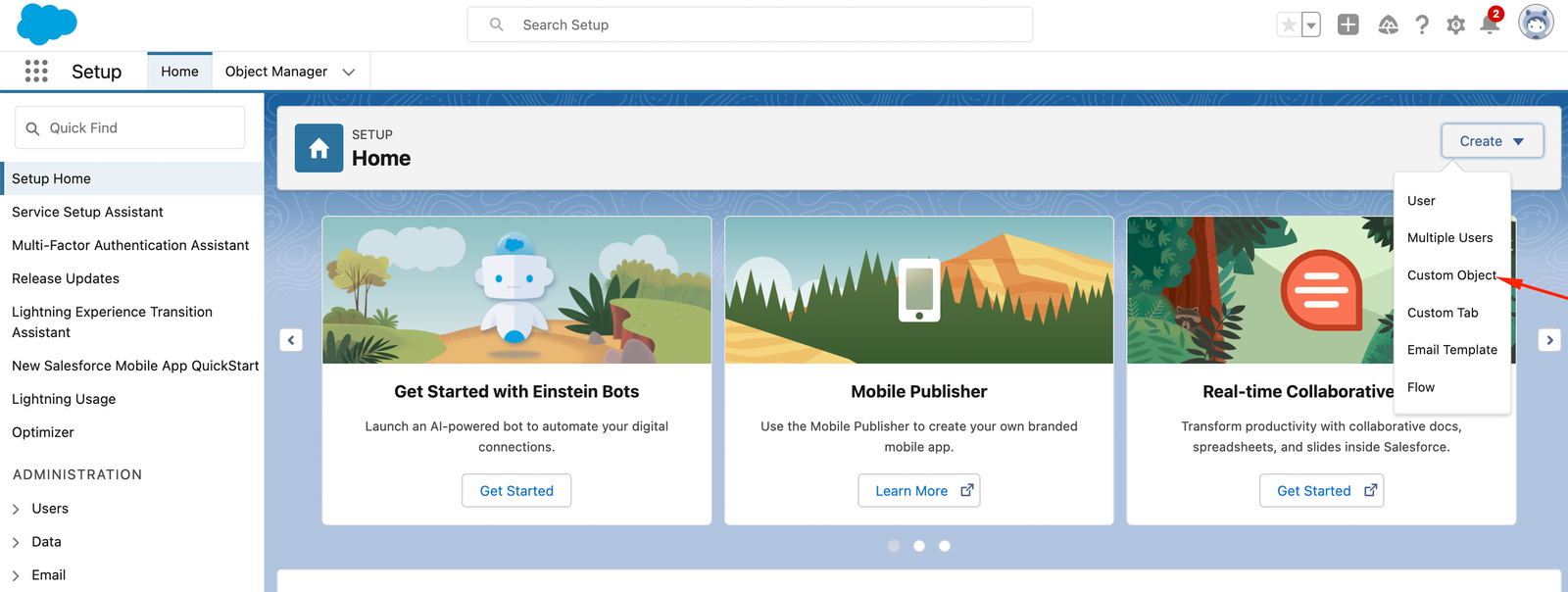
Step 7: Click on the “Create New Objects Link”.

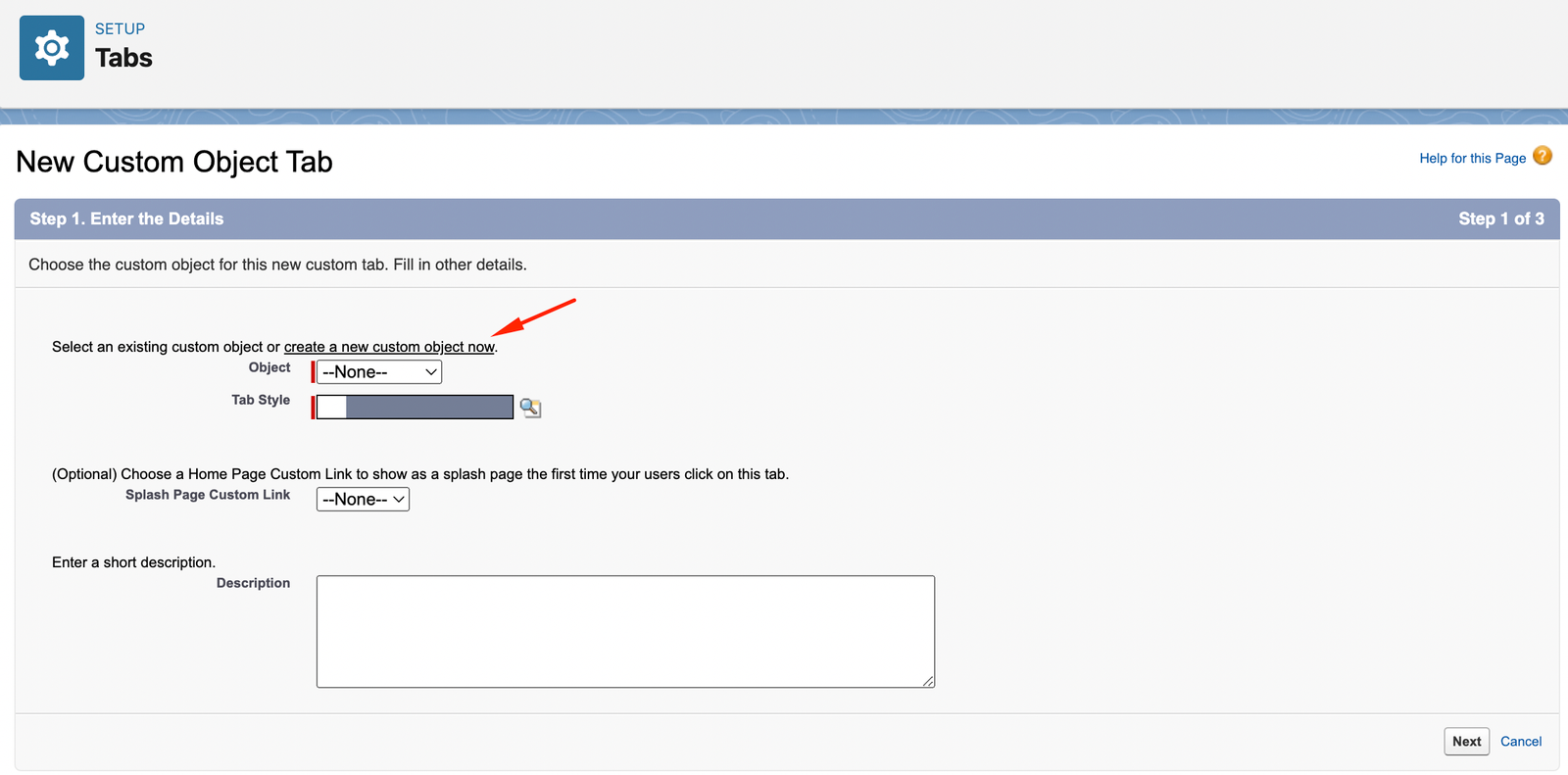
Step 8: For both the object name and the plural label, select the Label text box.

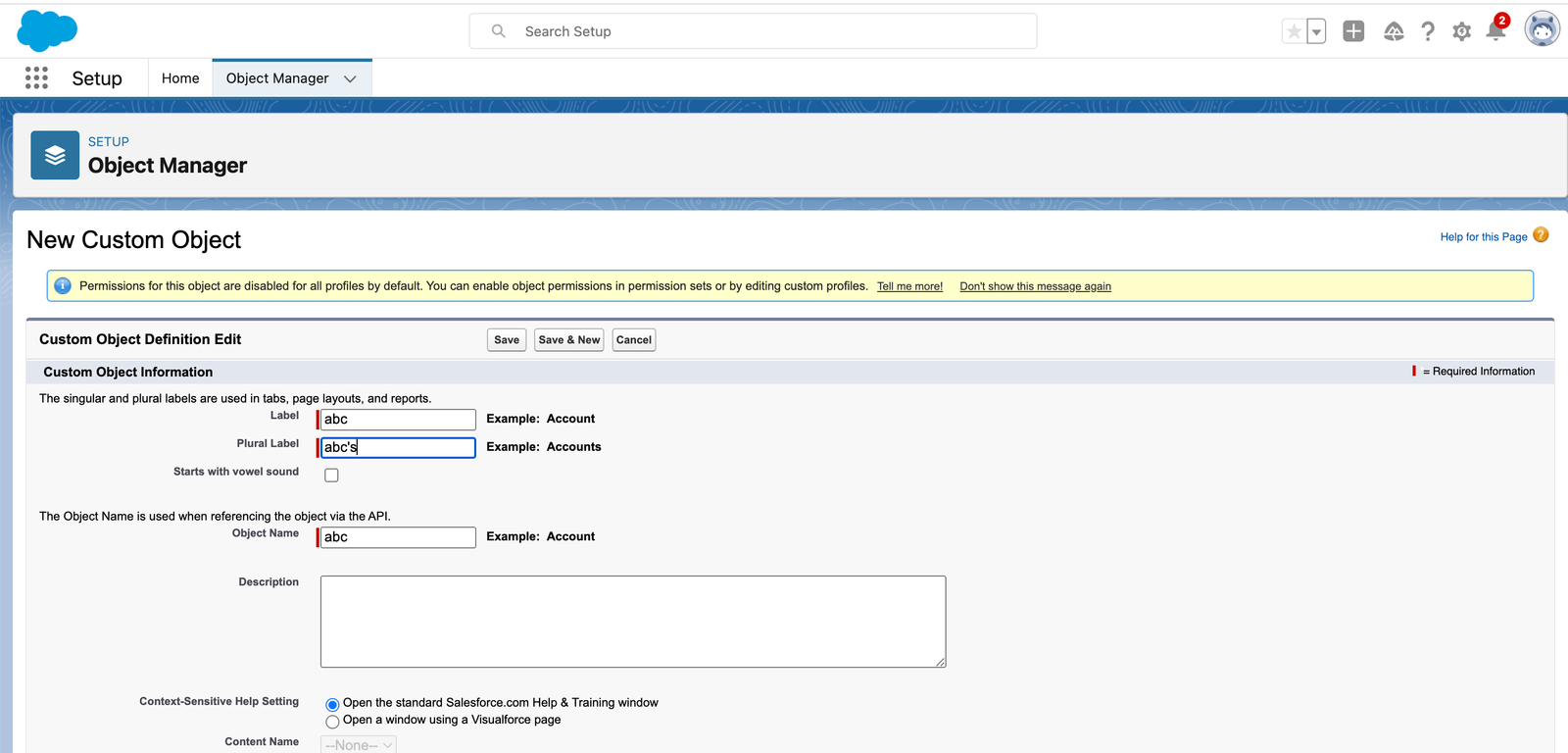
Step 9: The Save button is at the page’s end.

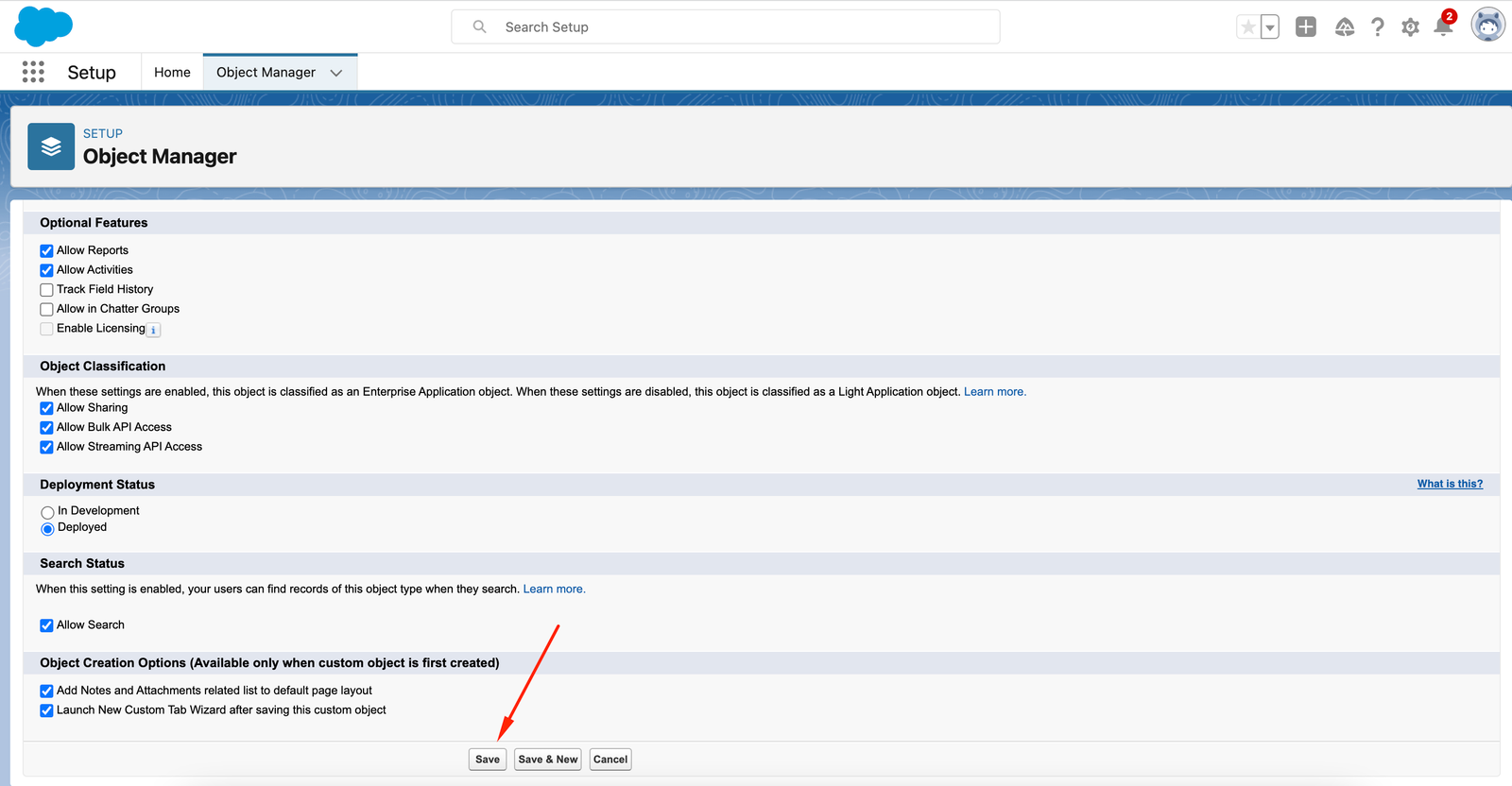
Test Result: The resulting Custom Object can be seen below.
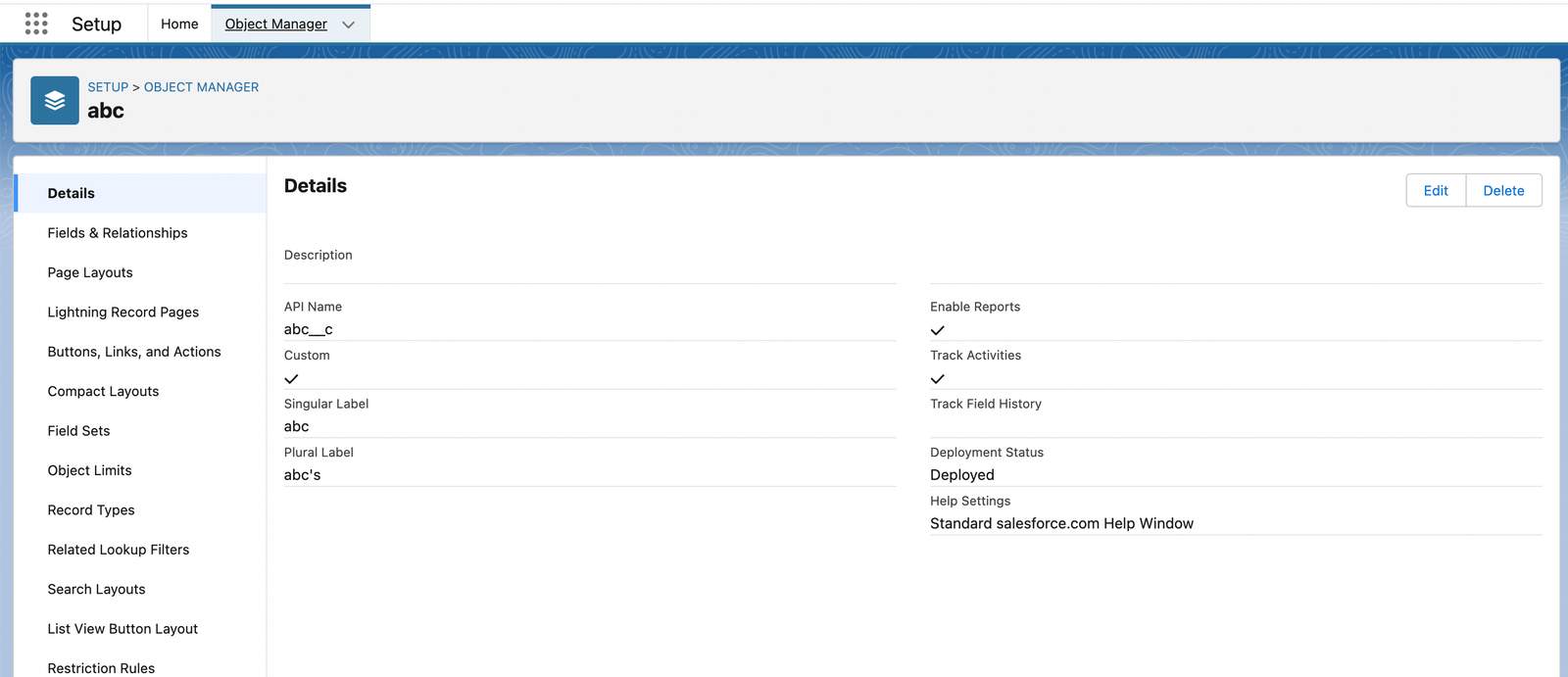
Best Practices of Salesforce Testing
Let’s talk about some of the best practices for effectively testing Salesforce now that we know what to test, where to test, and how to test Salesforce applications.
- Have an effective test strategy and test plan: There are numerous components and business processes that go into Salesforce testing, so an appropriate test strategy and test plan are essential. At this stage, it is essential to determine the high-level objectives, the stakeholders involved, the various phases of testing to be conducted, and the tools involved.
- Have an integrated test environment: To isolate Salesforce Sandbox testing, Salesforce offers a variety of options. It is imperative that all frameworks are appropriately coordinated in the sandbox to allow valid combination testing to be carried out incrementally, as at creation time.
- Use Automation to speed up test coverage: When testing, it saves a lot of time to automate important and frequently repeated business processes like a checkout or order fulfillment flow in Salesforce. Salesforce can be used for automation testing with a variety of API endpoints. Utilizing instruments like Postman, REST-Assured, and Soap UI, API endpoints can be automated.
Roles and Responsibilities of a Salesforce Tester
- It is important to be able to conduct smoke testing to ensure all the major functions are working as expected.
- Think of two possible test scenarios. In the first, you do well on the test. In the second, you do poorly. In which scenario would you feel more confident?
- These skills allow you to partition data and analyze its boundaries.
- Testers also need to work with the application, understand its functionality, and create functional maps.
- Testers should be able to communicate easily with the development
- He/she should understand the custom functions created for the Salesforce application.
- The tester must execute role-based tests to ensure data consistency.
- He should also conduct compatibility tests when Salesforce integrates with third-party applications.
Conclusion:
- One of the most well-known cloud-based CRM frameworks in the world is Salesforce.
- Salesforce testing is an approval of the design and customization acted in vanilla SDFC.
- Salesforce testing assists you with checking that the completed framework can uphold the client’s business processes.
- Testing Salesforce is best done when you test the customization rather than the default features.
- Significant Levels of Salesforce Testing are Unit Testing, System Testing, UAT Testing, Production Testing, and Regression Testing.
- Salesforce testing is all about reproducing your classic testing for Lightning.
- Salesforce analyzer ought to run tests as genuine client profiles.
- Selenium web driver, HP Unified Functional Testing (UFT), and Cucumber are a couple of significant salesforce testing devices.
Preeti works as a QA expert in Salesforce and other commerce and E-learning at QACraft. She is a computer science engineer with a degree and has 3 years of experience in Manual testing as well as Automation testing. In her free time, she loves to sing.
Related Post
Recent Posts
Categories
- Agile Testing
- Android App Testing
- Automation Testing
- Banking Domain Testing
- Beta Testing
- cloud testing
- Corporate Life
- cross browser testing
- Cypress Testing
- desktop testing
- Domain Testing
- E-commerce Website Testing
- E-learning App Testing
- Functional Testing
- Game Testing
- Healthcare Domain Testing
- Infographics
- Ios App Testing
- Jenkins
- JIRA
- Katalon
- Manual Testing
- Mobile App Testing
- monkey testing
- Performance Testing
- Salesforce Testing
- security testing
- Selenium
- Software Testing
- static testing
- Test Environments
- vdfv
- Web Application Testing
© Copyright 2024 QACraft Pvt. Ltd. All rights reserved.
Contact : +91 9157786796


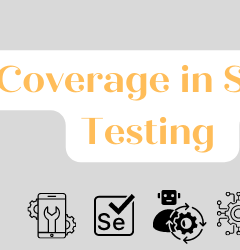

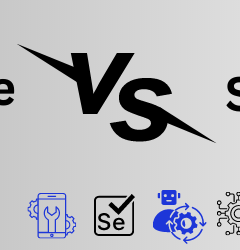
Preeti Singh